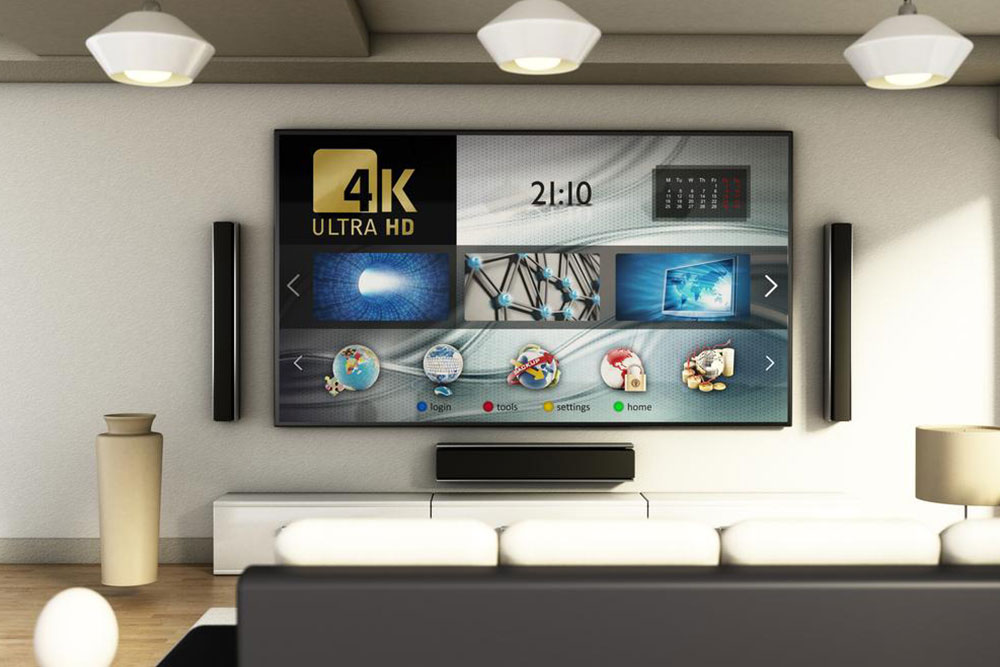A Comprehensive Guide to Smart Televisions
This article offers a detailed overview of smart TVs, highlighting their features, differences from similar technology, and integration capabilities. It explains how smart TVs combine internet functions with traditional TV, providing users with streaming, browsing, and interactive media. The content also covers security considerations and distinctions from Web TV and IPTV, making it a useful guide for those interested in modern television technology.

Understanding Smart Televisions
Smart TVs, also known as connected or hybrid TVs, have become essential for modern digital users. These devices integrate internet connectivity with traditional television functions, blending features of computers and flat-screen displays. Known as hybrid televisions, they often combine standard TV sets with set-top boxes, offering a comprehensive entertainment experience. Beyond traditional broadcasting, smart TVs enable internet browsing, streaming services, and interactive content, transforming how audiences engage with media.
It’s crucial to distinguish smart TVs from Web TV, IPTV, and Internet TV.
Internet TV: Streams content over the internet
IPTV: Provides television content via broadband by broadcasters
Web TV: Designed for online programming
Unlike Web TV or IPTV, smart TVs operate through an embedded operating system, often via a set-top box, with apps that can be downloaded or updated from app marketplaces. The technology is compatible with external devices like gaming consoles, media players, and smartphones, delivering expansive entertainment options.
Security and content restrictions are manageable; websites can block or customize content for smart TV platforms, ensuring safe and suitable viewing experiences.
Note: Our blog offers diverse, research-backed insights. While informative, the articles should not be regarded as definitive sources, and certain schemes or offers might not be covered.










